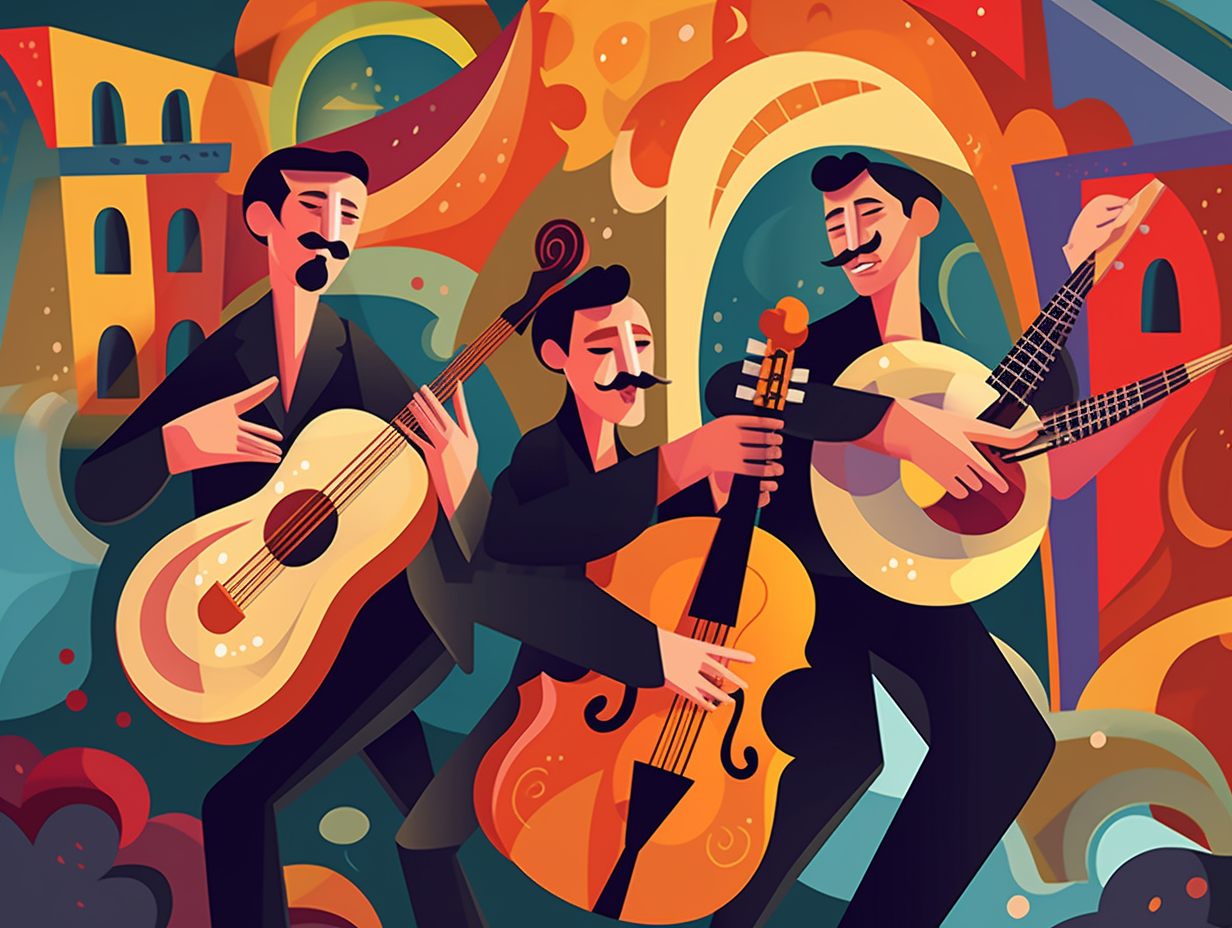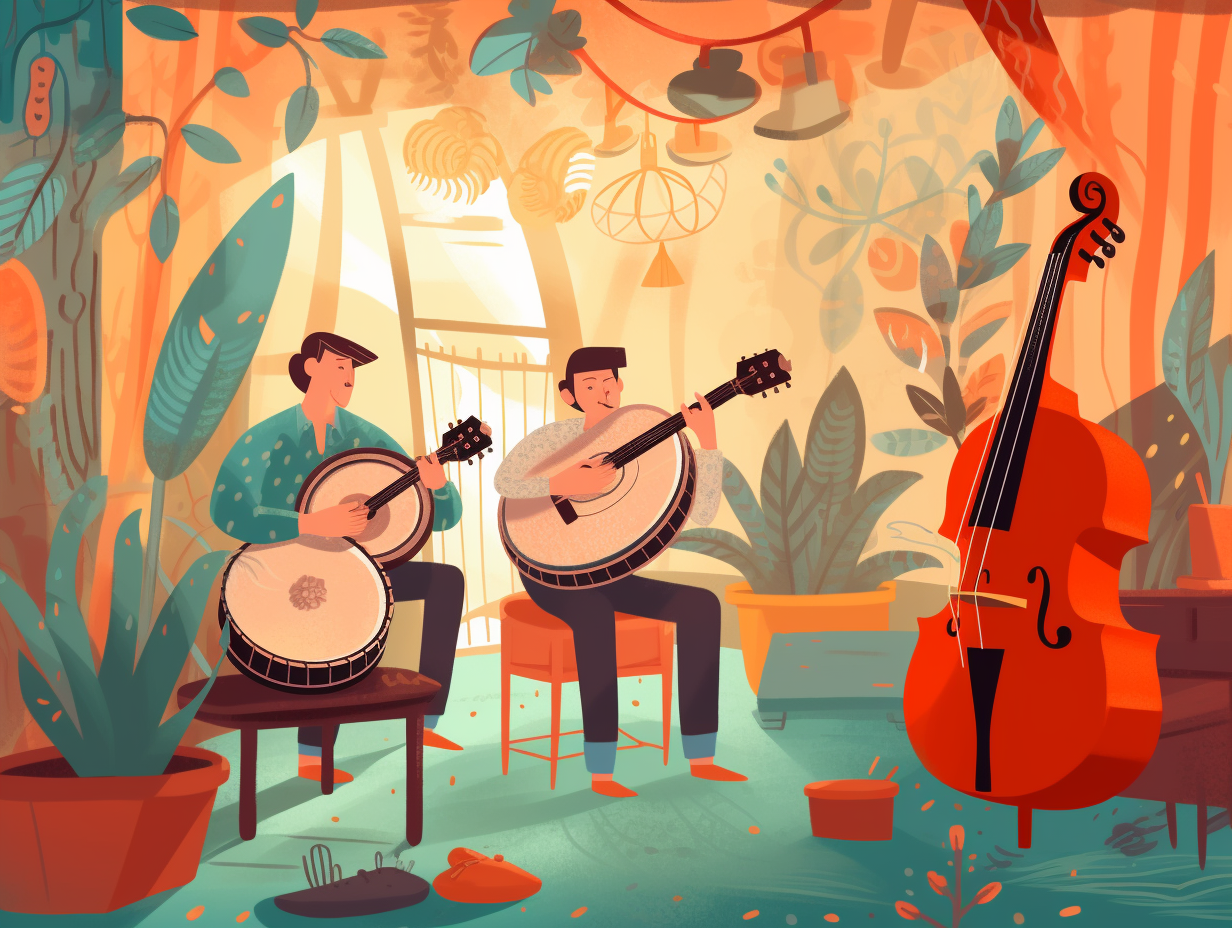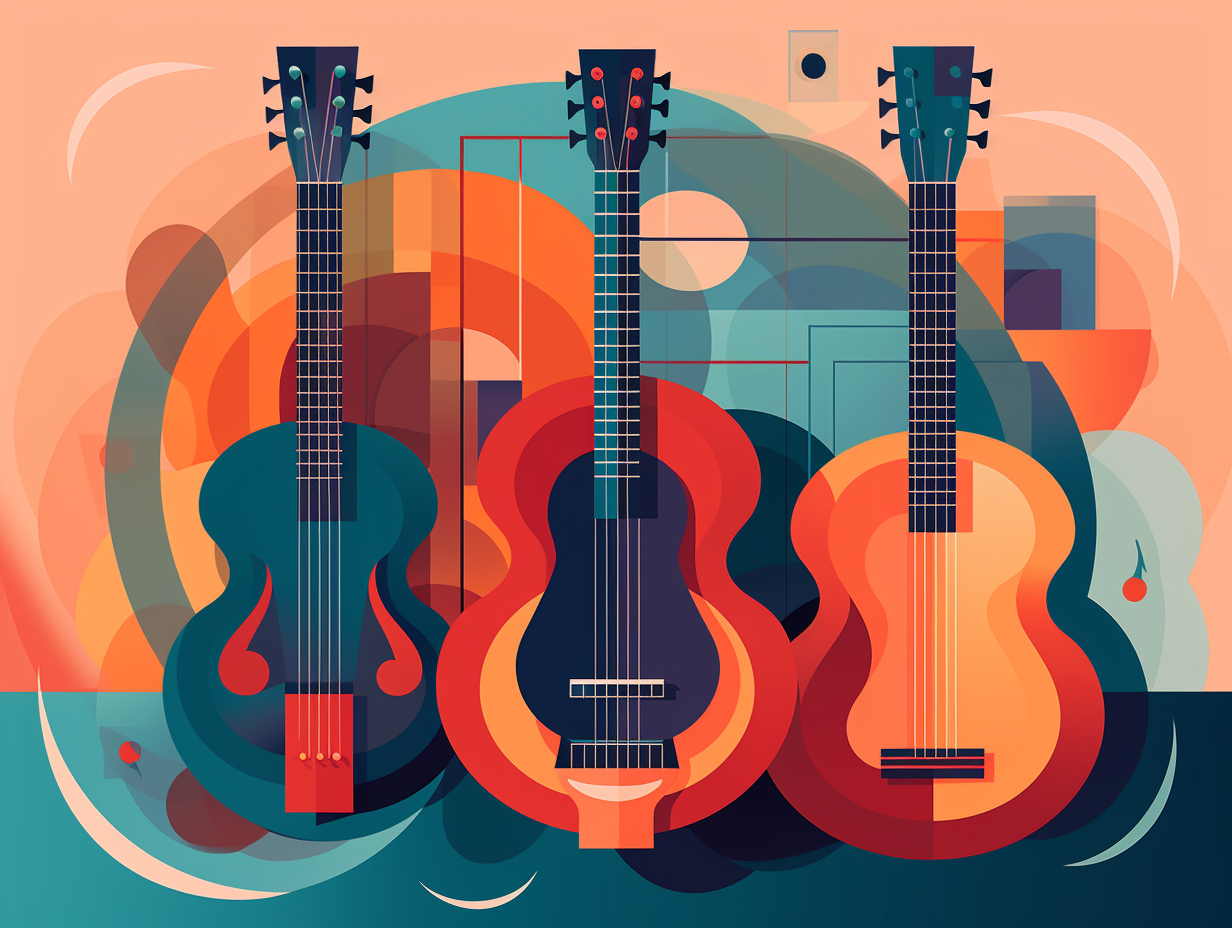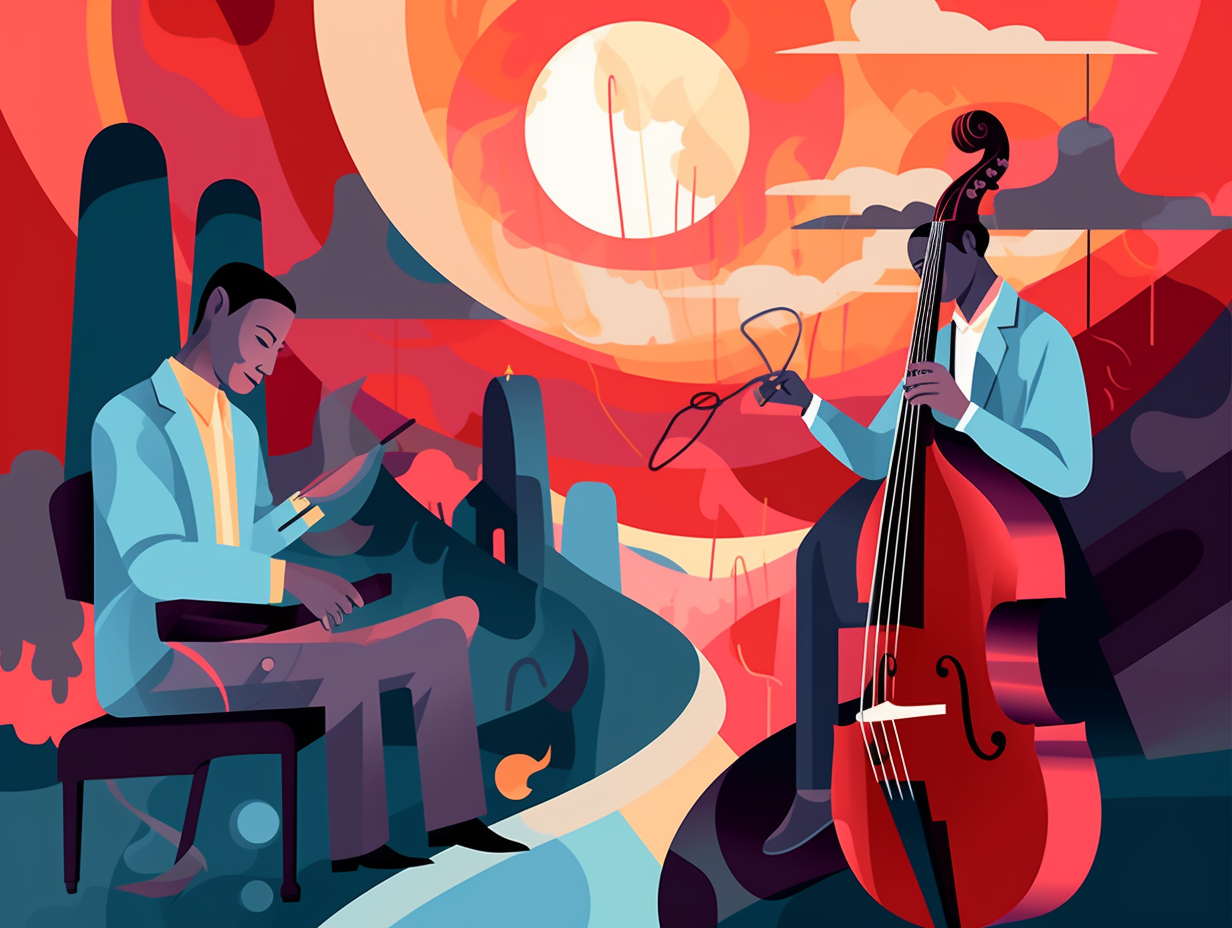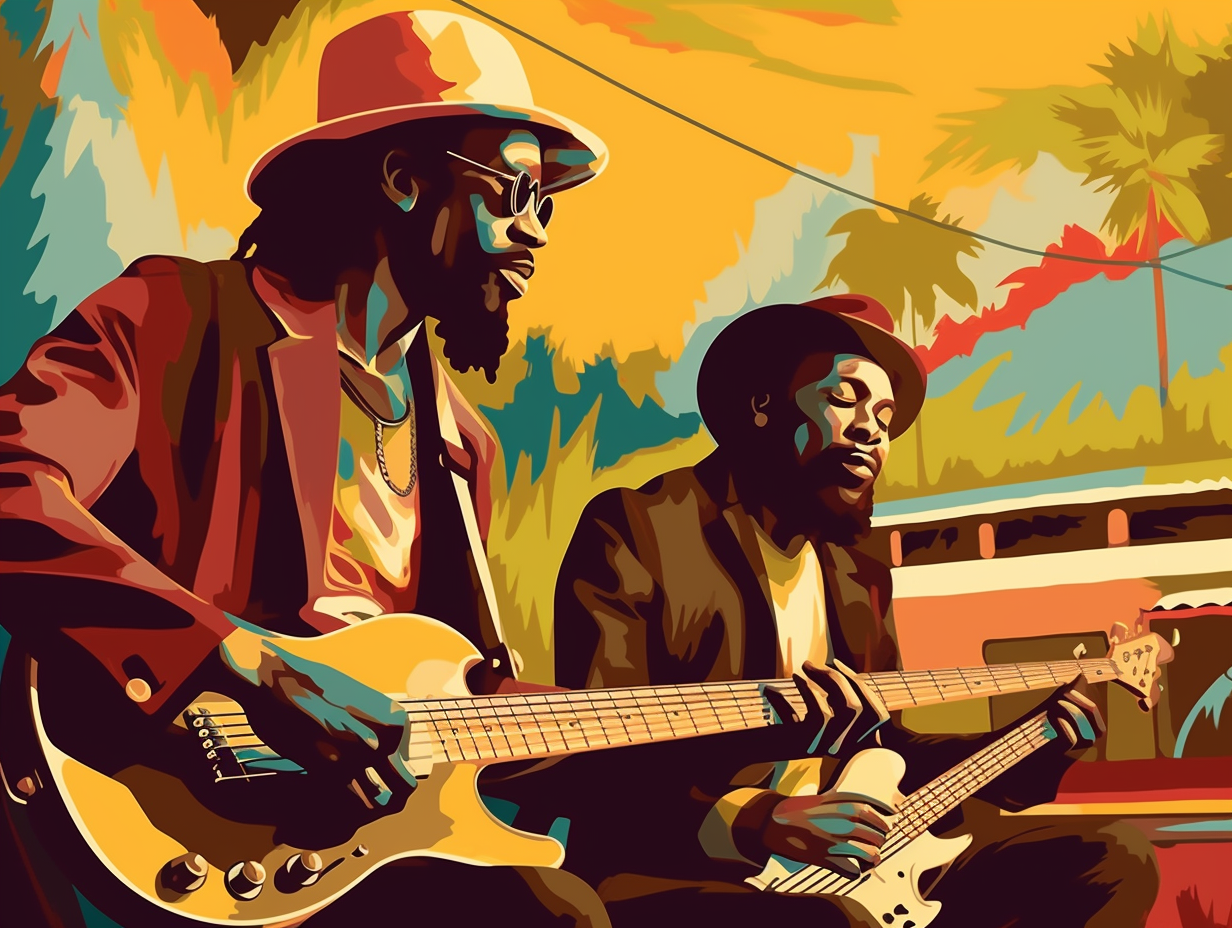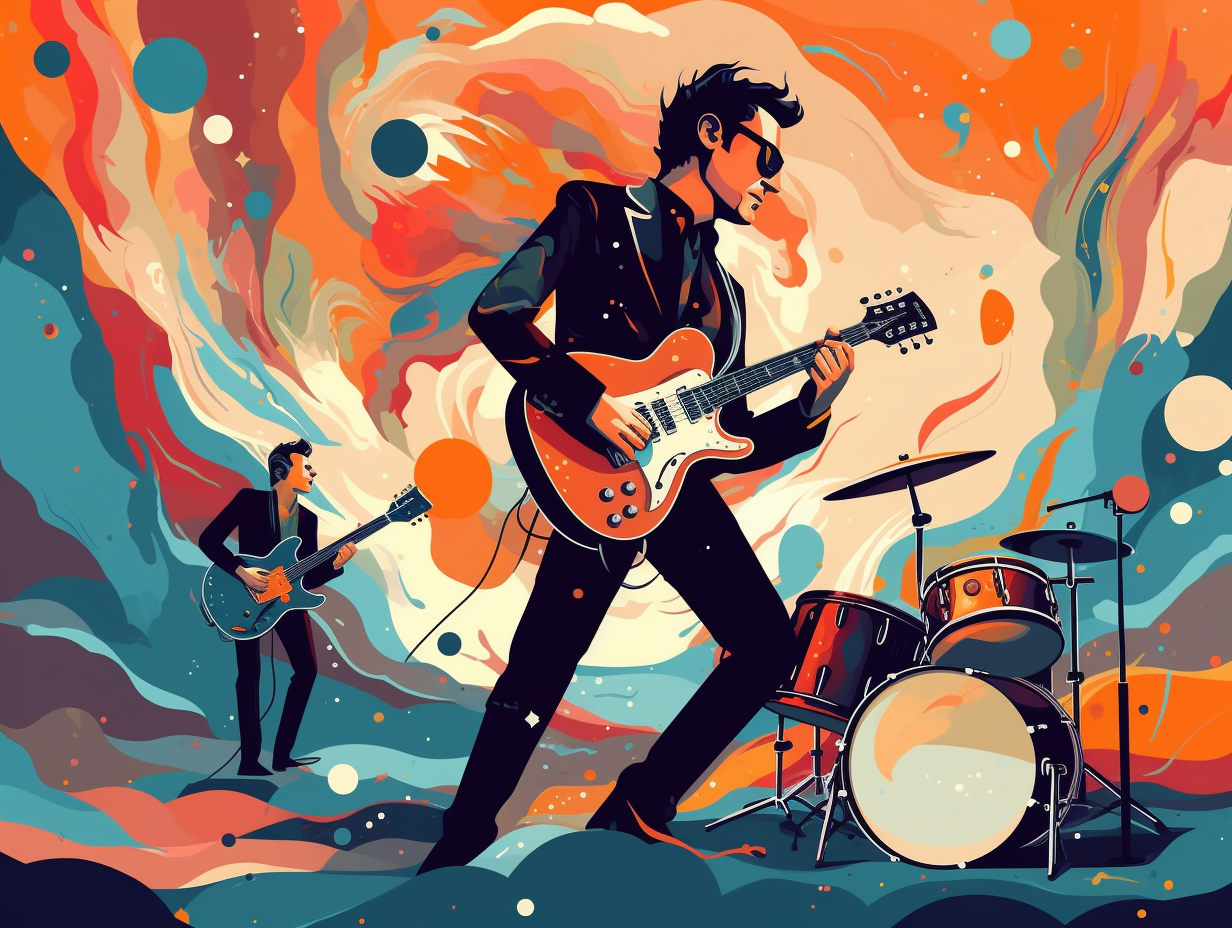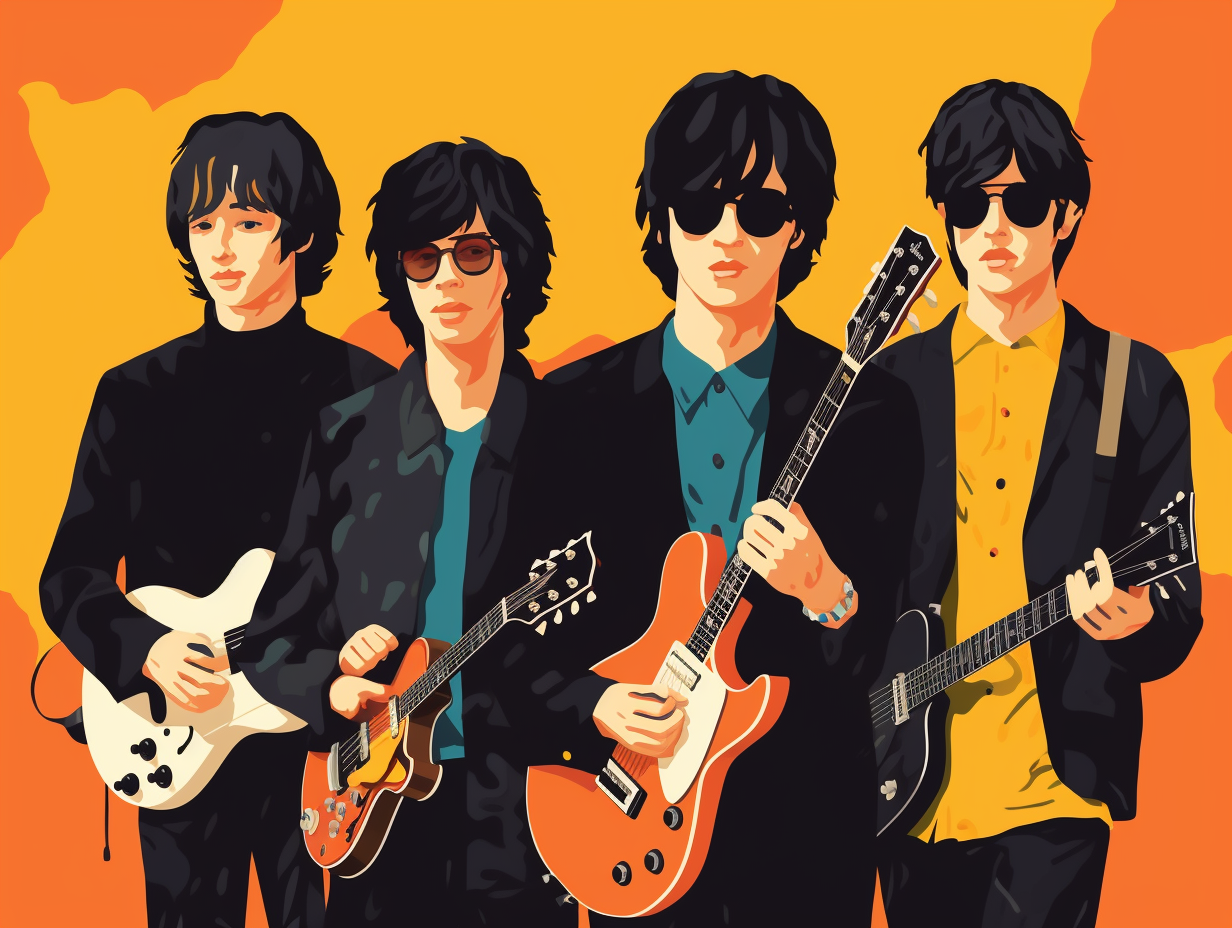Discover the Rhythms: Top 10 Fun Facts About Mexican Music You Never Knew!
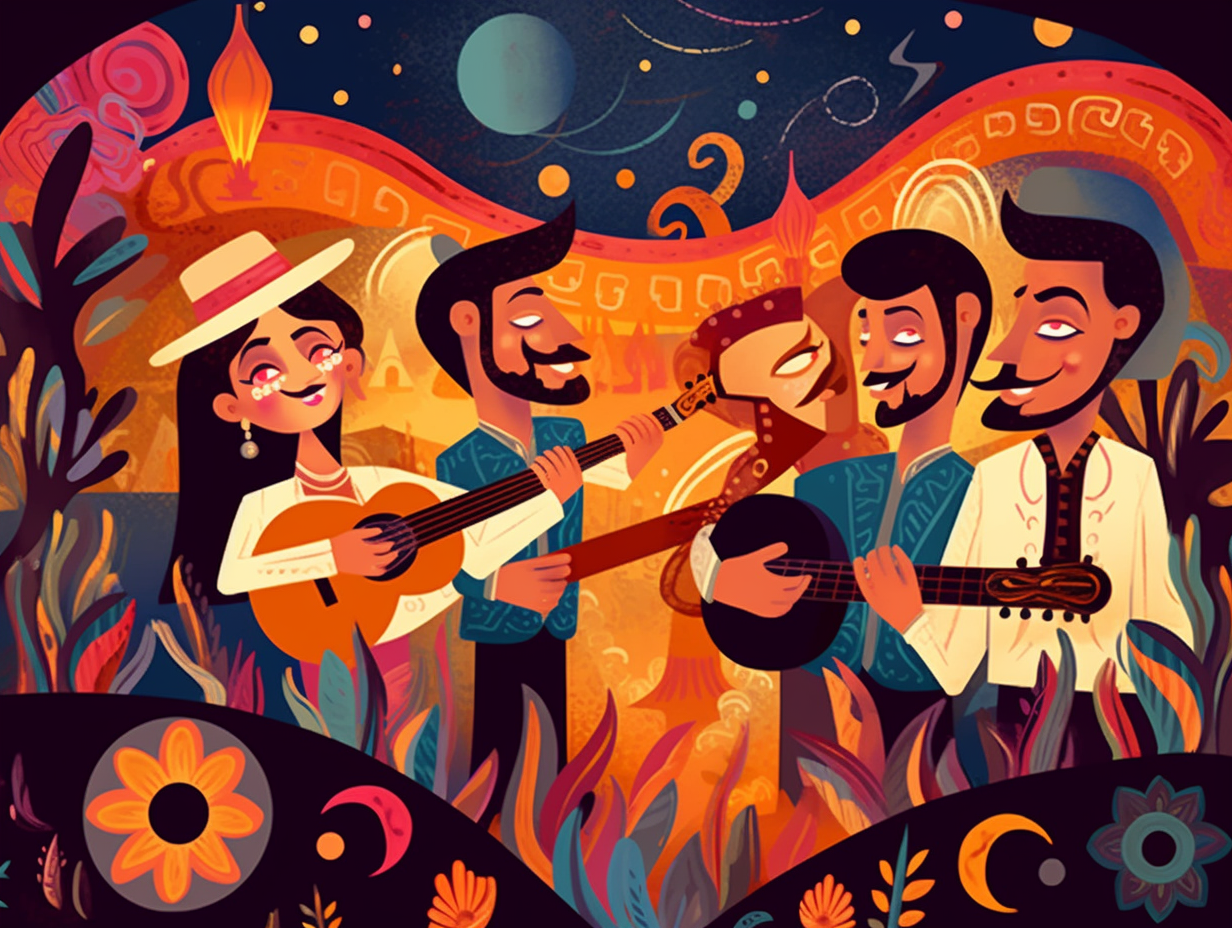
1. Mexico's Mariachi Alarm Clock
Who needs a mariachi alarm clock when you can wake up with flair: "Las Mañanitas" is Mexico's melodious answer to celebrating birthdays, name days, and special holidays like Mother's Day and the feast day of Our Lady of Guadalupe, often sung as a morning serenade not just to rise and shine, but to commemorate life's memorable moments.
Source => thoughtco.com
2. Divine Instruments in Mexican Music
Next time you're jamming to some Mexican tunes, remember each strum of the guitar could be releasing a little divine musical magic: Mexican music boasts a history of over 1,400 musical instruments, many considered to have supernatural powers, which have been used since pre-Columbian Mexico and Central America in religious rituals, healing practices, and simply for fun. The Spanish conquistadors then added guitars, harps, flutes, and violins, creating an enchanting fusion of indigenous and European classical sounds that still resonates today.
Source => geo-mexico.com
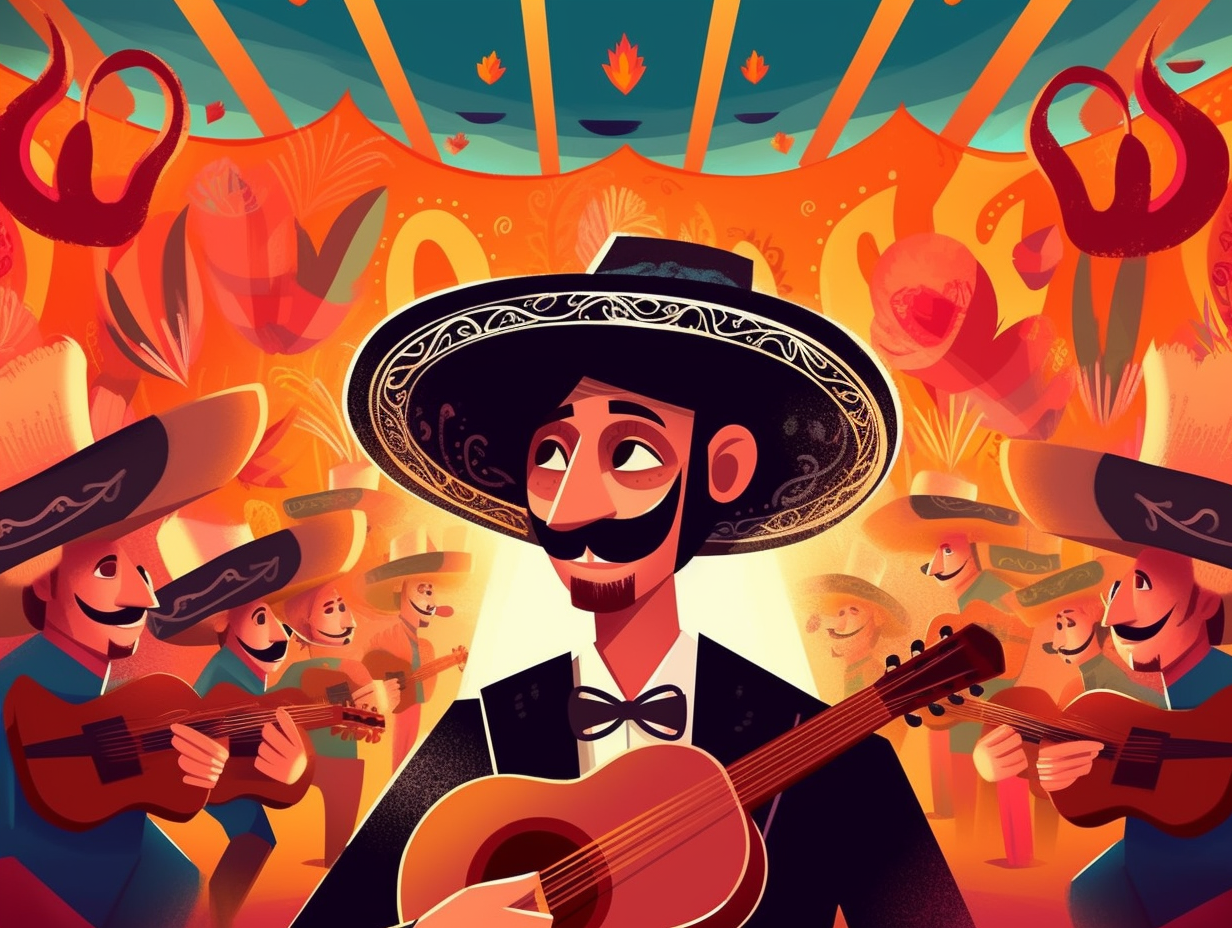
Did you know the Guitarrón, a chunky bass guitar, is the heart and soul of Mariachi bands, making skeletons dance on the Day of the Dead? Discover its unique role and sound in traditional Mariachi music!
=> Fun Facts about Mariachi
3. Corridos: Mexico's Original Guitar Heroes
Strumming their way through historical upheavals, one ballad at a time, Mexican corridos may just be the original "Guitar Heroes": These musical sagas emerged during a tumultuous chapter in Mexican history, chronicling the tales of oppressed folk heroes and revolutionaries as they faced societal battles and even wars. Evolving through time, corridos have woven stories from the War with Mexico to the Gulf War in Iraq, symbolizing the indomitable spirit and resilience of Mexican culture against the strings of domination.
Source => frontera.library.ucla.edu
4. Turtle Percussion: The Ayotl
You've heard of "turtle power" in the Teenage Mutant Ninja Turtles, but what about "turtle percussion" in ancient Mexico? Shell yeah: The ayotl, a unique percussion instrument crafted from river turtle shells, was a funeral jam staple in ancient Mexican music and can still be found in coastal regions today, creating its signature two-tone effect by tapping or scraping the shell with deer antlers or hands.
Source => mexicolore.co.uk
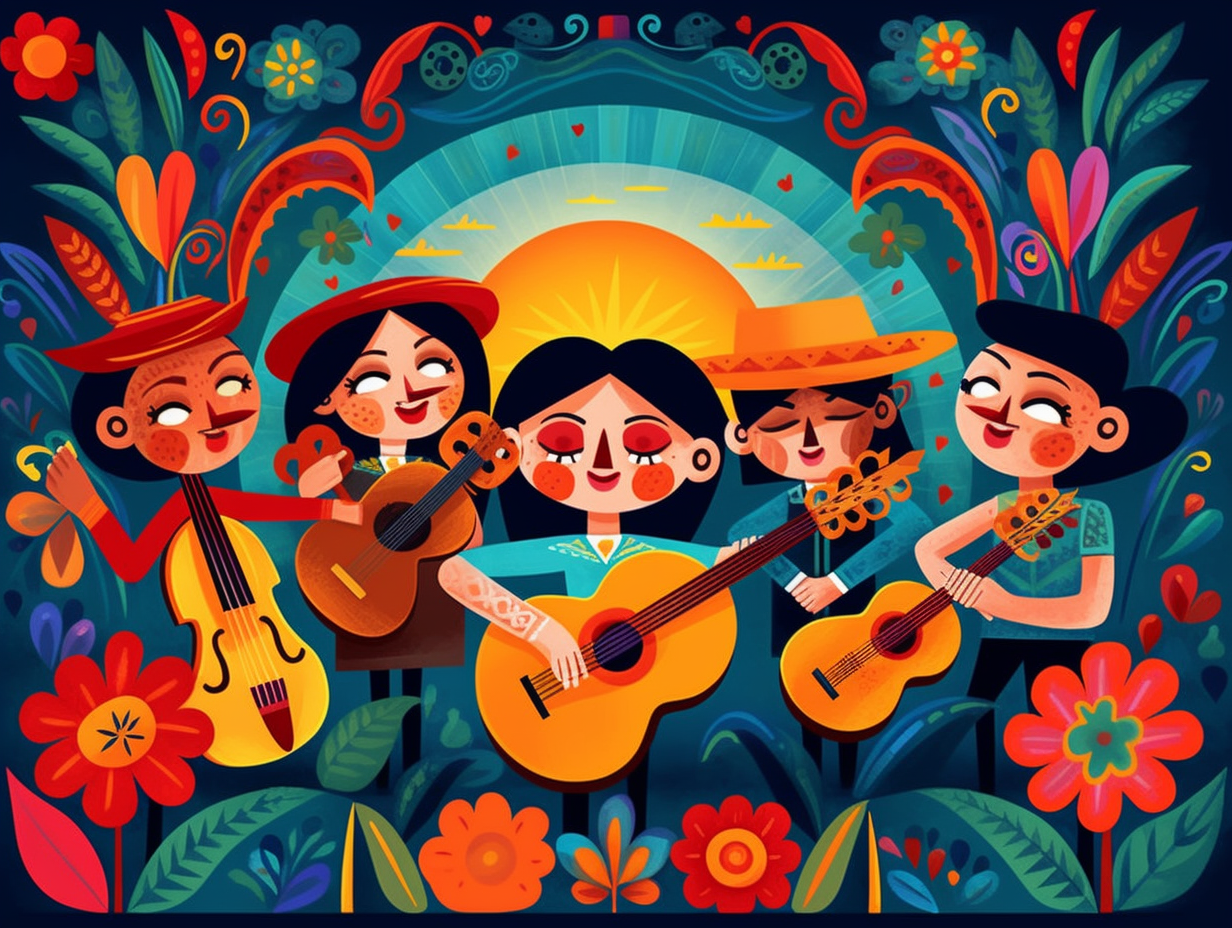
5. Guitarrón: Not Your Average Bass Guitar
It's not quite six feet under nor the six-string electric guitar you'd expect, but it's more than just a base for a Mariachi fiesta: Mexico's guitarrón is a unique, deep-bodied acoustic bass guitar, originating from the 16th-century Spanish bajo de uña, with a fretless neck, heavy gauge strings, and no need for electric amplification in small venues. Played by doubling notes at the octave and serving as the main rhythm-setter, this distinctive instrument definitely pays more than just lip service to Mexican music!
Source => en.wikipedia.org
6. Teponaztli: Heaven's Percussion in Mexico
Next time you need divine intervention for a solid beat, just grab a teponaztli: a pre-Columbian Mexican instrument considered to be straight out of heaven's percussion arsenal. Highly revered in its day, this hollowed-out tree or gourd-based superstar played religious, healing, and party-starting roles in countless ancient ceremonies: In modern times, the teponaztli continues to feature in traditional folkloric Mexican music, treasured for its supernatural powers to deliver rich and varied tones.
Source => geo-mexico.com
7. Jarabe Tapatío: The Chicken Dance's Cousin
Did the chicken dance come before the Jarabe Tapatío, or did Mexico's "national dance" just waltz into existence on its own accord? Either way, it's a fiesta for your feet: Originating in 19th-century Guadalajara as a courtship dance, the Jarabe Tapatío combines elements of the Spanish zambra and the jarabe gitano, without any trace of influence from conquistadors' shindigs. The dance gained its national identity status when Jesús González Rubio composed a standard melody for it, making it the toe-tapping, skirt-swirling symbol of Mexico we all know and love today.
Source => en.wikipedia.org
8. Trio Los Tres Reyes: Romantic Ballad Pioneers
Just when you thought The Rolling Stones were the ultimate in musical longevity, hold onto your sombrero: Trio Los Tres Reyes, a famous Mexican romantic ballad group, is still performing today with most of their original members, earning them the title of one of the longest-lasting trios in the genre, serenading audiences with their signature suave voices, guitars, and swoon-worthy harmonies.
Source => folkways.si.edu
9. Mexican Musical Taco Tour
Ready to embark on a musical taco tour, with a side of guac and giggles? Let's unwrap the vibrant piñata of Mexican music flavors: Each Mexican state boasts its own unique sounds and styles, extending far beyond the well-known mariachi tunes. Feast your ears on delectable genres such as norteño, banda, duranguense, Son mexicano, and many more, each spiced up with their own distinctive instruments and characteristics.
Source => en.wikipedia.org
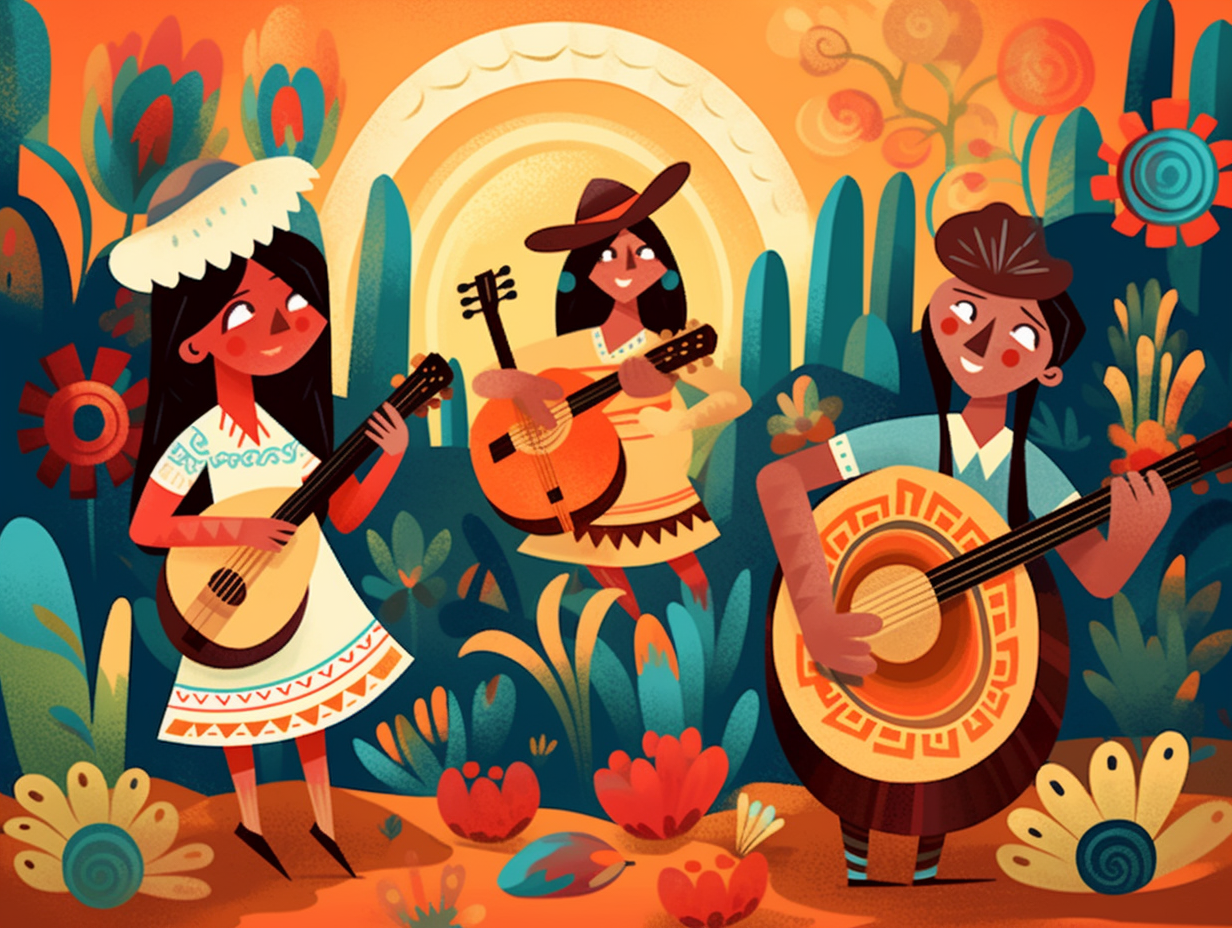
10. La Bamba: Dance Party Meets History Lesson
If you've ever wondered how to turn a dance party into a history lesson, just invite your amigos to dance La Bamba: This iconic Mexican folk song from Veracruz showcases a mesmerizing mix of Spanish, indigenous, and African musical elements, traditionally played on harps and guitars like the arpa jarocha, jarana jarocha, and requinto jarocho, and features a contagious rhythm that effortlessly blends wiggling limbs with whip-smart footwork. Did you know? The elusive dance inspiration stems from the Spanish verb "bambolear" which means "to sway," "to shake," or "to wobble" – a señorita-swaying, mariachi-strumming good time! Plus, with legendary covers by Ritchie Valens and Los Lobos, La Bamba has made its mark as one of the most famous Mexican tunes worldwide.
Source => en.wikipedia.org
Related Fun Facts

